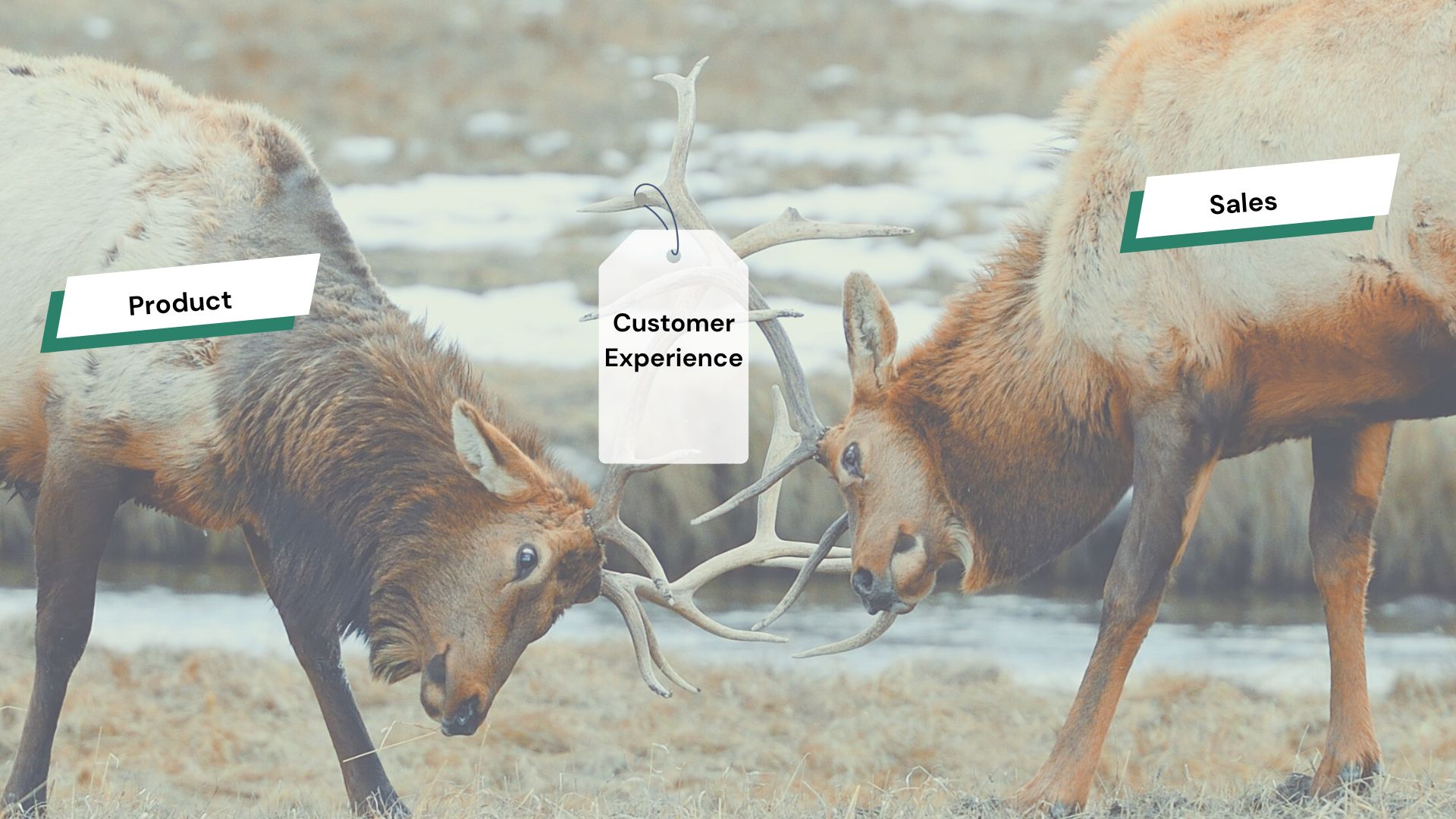

Product launches, sales goals set, expectations sky-high… and then? Crickets. The product team is baffled.
Their knee-jerk reaction?
A three-screen, 40-field interrogation in Salesforce that sales and CS are forced to complete for every opportunity.
There are better ways to get the feedback product needs without overburdening customer-facing teams. Here’s how to balance both priorities.
Many companies roll out new products with beta customers, but fail to collect useful feedback. When done correctly, beta trails are a golden opportunity to:
Customer interviews aren’t just good practice—they’re a RevOps power move. Instead of relying on surveys, record real reactions from customers. People – even your executives – make emotional decisions. Videos are more convincing and capture nuanced insights that checkboxes and multiple-choice surveys miss.
If talking to customers feels daunting, at minimum:
This data also helps refine forecasting and product development strategies.
If you’ve never built a product forecast, don’t worry—you already have the skills to make an educated estimate.
If you’ve analyzed forecast and pipeline data, you’re prepared to build a product forecast model.
Example:
A product team insisted that sales would quadruple in Q3 after launch. But RevOps knew:
By presenting this data, RevOps successfully adjusted expectations—saving the company from overpromising and underdelivering.
Before executives report unrealistic numbers to the board, RevOps should track early warning signs like:
Your company’s key sales metrics:
The product team sets a goal of 20 units sold in the first quarter. The new product is a platform sold at a flat rate (rather than by license or user).
To hit this number, you’ll need:
✅ 100 opportunities (because 100 x 20% = 20 sales)
✅ 250 leads (because 250 x 40% = 100 opportunities)
If the team only generates 80 leads in the first month, RevOps should raise the red flag 🔺Using our historical conversion rates, we know that:
📉 80 leads will turn into 32 opportunities, which will turn into 6 units sold in Q1, not 20.
Adjusting expectations before the quarter ends prevents last-minute panic and bad decision-making.
Product teams love adding fields to CRM, assuming more data means better insights. But the reality?
🛑 Sales hates unnecessary data entry—and they’ll ignore or game the system if the process is painful.
Example:
One company had over 20 validation rules on the opportunity, some of them conflicting with others. Reps grew so frustrated that they selected values at random and put a “-” in text fields to cruise through unnecessary hoops. We met with the executive team and showed them videos of sales reps getting stuck and made one of the loudest supporters of more validations to create an opportunity in the meeting.
By the end of the meeting, we received approval to cut the validations down to five rules, reduce fields on the page layout significantly, and convinced the sales VP to stop using spreadsheets to forecast.
You can read more about opportunity best practices and why opportunities should be streamlined on our blog.
Instead of asking sales to log every detail in real-time, consider:
✅ Using call recording software and training AI to summarize product and competitive data.
✅ Requiring feedback only on Closed Lost deals where “Product Feature” was cited as the reason or only on opportunities with the relevant product.
✅ Using open text fields selectively and reviewing them manually instead of overwhelming reps when appropriate.
A bloated CRM leads to bad data—and bad data leads to bad decisions.
Not every battle is winnable. If a CEO insists on heavy-handed sales feedback, build the simplest version possible, then:
The more sales and CS see their input reflected in product decisions, the more likely they are to engage.
Example:
A company improved sales feedback participation by 30% after showing how past insights shaped the product roadmap.
As much as RevOps loves efficiency, some high-value activities aren’t scalable—and that’s okay.
📢 Customer interviews offer richer insights than surveys.
📢 Prospective customer interviews refine ICP targeting before launching to a new market.
📢 RevOps’ involvement in product development is an opportunity to shape strategy, not just report numbers.
Great RevOps leaders don’t just track revenue—they help create it.
Looking for more great content? Check out our blog and join the community.
